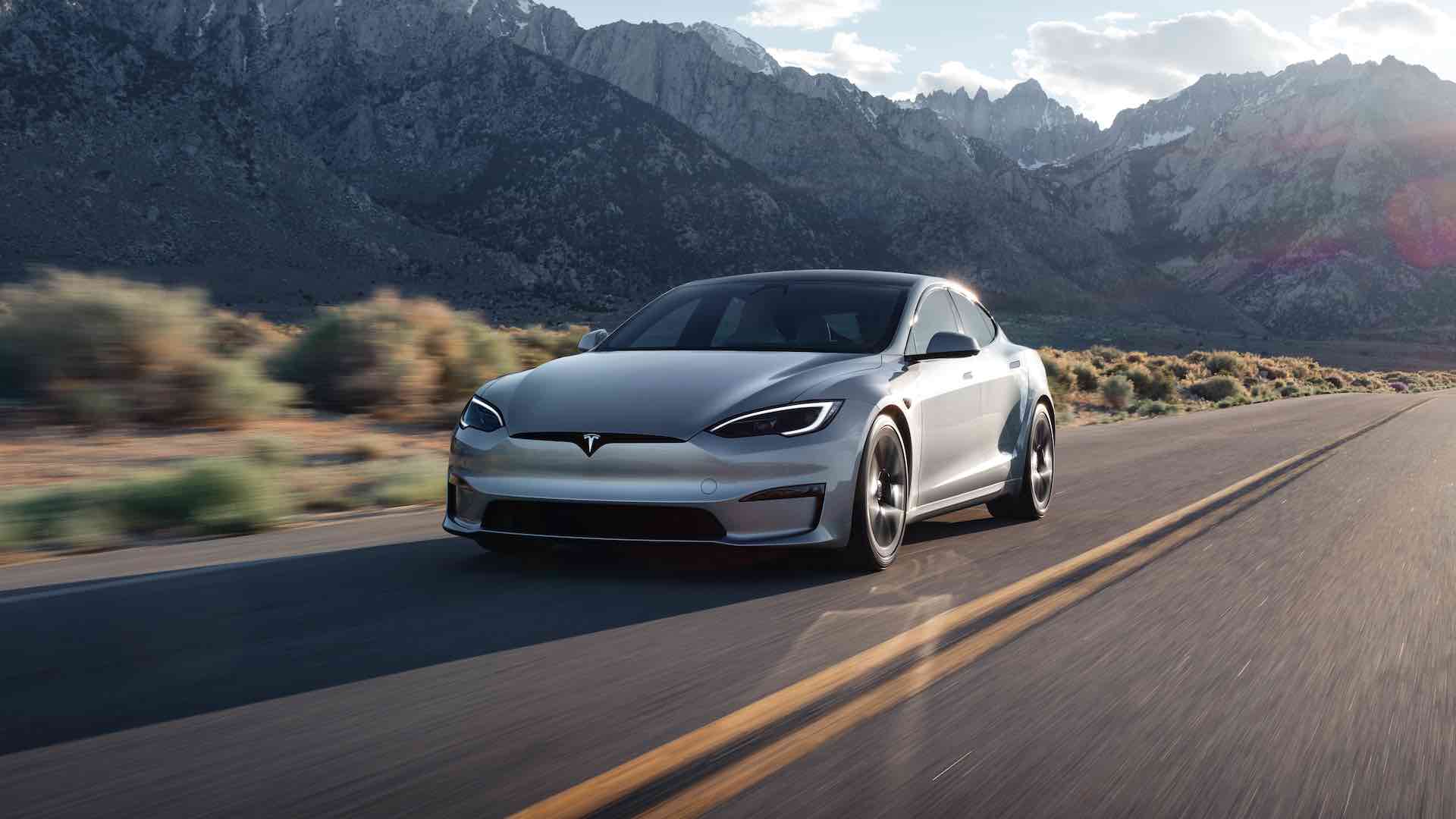Tesla Inc. reported its fourth-quarter and year-end vehicle production and delivery results, revealing the company’s first-ever annual decline in deliveries. Tesla disclosed 495,570 vehicle deliveries and 459,445 units produced in the fourth quarter of 2024, bringing total annual deliveries to 1,789,226 and production to 1,773,443. These figures mark a drop from the 1.81 million deliveries recorded in 2023. Following the report, Tesla’s stock fell by as much as 7% on Thursday, reflecting investor concerns.

Analysts had projected higher delivery estimates, ranging between 501,000 and 506,763 vehicles for the quarter, including a consensus expectation of 474,000 Model 3 and Model Y units. Despite missing targets, Tesla ended 2024 with a 63% increase in share value, following a late-year rally that offset earlier losses caused by slower growth and pricing challenges. The first quarter of 2024 proved difficult, with sales struggling despite price cuts and incentives.
CEO Elon Musk had previously cautioned investors about a slower growth rate compared to 2023’s 38% surge. Musk’s focus later shifted to the U.S. presidential campaign, where he supported Donald Trump and other Republican candidates. He has since been appointed as co-leader of an advisory group for the Trump administration, tasked with reducing federal spending and regulations. Tesla continues to face rising competition in the electric vehicle (EV) market.
Rivals such as BYD in China, Hyundai in Korea, and established automakers like General Motors, Ford, BMW, and Volkswagen have ramped up EV production. Analysts point to Tesla’s relative lack of affordable EV models in 2024 as a key obstacle to maintaining growth. Additionally, the newly launched Cybertruck, priced around $80,000, has reportedly faced slower-than-expected demand, with units appearing on used car lots shortly after release.
In Europe, Tesla saw a sharp decline in registrations, with sales dropping approximately 14% year-over-year through November. Data from the European Automobile Manufacturers’ Association showed registrations fell to 18,786 in November, down from 31,810 a year earlier. Tesla’s performance in China also struggled to match the market’s overall growth, despite the Model Y maintaining its popularity. Competitors like BYD and Li Auto recorded faster growth, capturing greater market share both domestically and internationally.
Tesla has maintained its lead in North America but relied heavily on discounts and incentives during the fourth quarter to bolster sales. The company also temporarily reduced Cybertruck production, signaling potential concerns about oversupply. Despite these challenges, Musk expressed optimism for 2025, projecting 20% to 30% growth driven by the introduction of lower-cost models and autonomous vehicles.
Tesla’s diversification strategy includes investments in robotics, chip development, and plans for a driverless ride-hailing service by 2027. However, analysts caution that the company’s profitability remains tied to vehicle sales. As competition intensifies and economic pressures mount, Tesla’s ability to maintain its position as a leader in the EV market will depend on addressing affordability concerns and accelerating innovation in autonomous driving technology. – By MENA Newswire News Desk.
